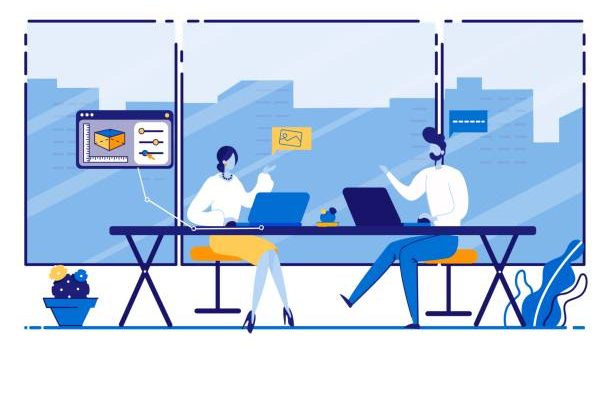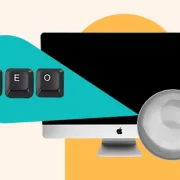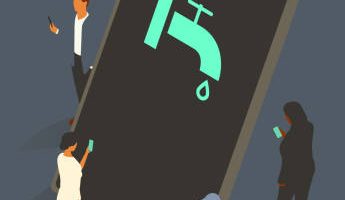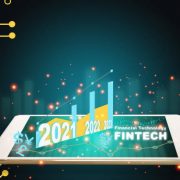Virtual Reality (VR), which is immersive and engaging, is becoming increasingly popular as humans depend more on technology.
VR is expected to reach a 16 billion dollar industry by 2019, and its applications extend far beyond gaming and advertisement. Many industries use it to train new hires or existing employees for real-life situations. With a bit of creativity, colleges and training companies can also do this.
This article explores the benefits of VR as a tool for learning. It can be used to increase engagement and better prepare graduates for the competitive job market.
Mirror real-life situations
Virtual reality can simulate various real-life scenarios to prepare students and trainers for the real deal. The Paramedic Clinical Simulation Center, located at Kingston University and St. George’s University of London, is an example. VR Instruction Program paramedics are taught to prepare and train for real-life emergencies by using this program.
The Paramedic Clinical Simulation Center consists of two life-size rear sections of an Ambulance, three specially-built rooms, and a laboratory for skills acquisition. A VR-enabled immersion room allows trainees to assess the environment, treat patients and enter different scenarios.
Kingston and St George’s School hopes that exposing its students to realistic simulations of real-world emergencies will prepare them for the ever-increasing demands on emergency medical services.
This VR application shows the importance of VR in preparing people for the realities of work. Its application doesn’t need to be resource-intensive and could be replicated within a learning environment.
Boost Engagement
VR is used by many to practice skills in a virtual environment. NASA astronauts must complete a two-year rigorous program to qualify for mission assignments.
NASA’s Neutral Buoyancy Lab is a great place to learn how to operate in a space simulation. The NBL has a large pool with a replica International Space Station to simulate spacewalks.
NASA’s VR has been developed over the past decade to assist astronauts in training in a virtual environment. The Virtual Reality Lab is where trainees can practice spacewalk scenarios before the actual thing occurs in a lower earth orbit.
The VR Lab at NASA also trains trainees to deal with emergencies, like when astronauts are disconnected from the ISS while on spacewalks. Instructors can instruct trainees how to safely return to the ISS using their jet packs by using virtual reality.
Facilitates Skill Applications
Walmart, the largest retailer in the world, has partnered with STRIVR for VR training to prepare its employees for the job market. STRIVR, a virtual-reality company, uses VR to improve the performance of brands and organizations.
Walmart has 200 “Walmart Academy” training centers across the U.S. and is planning to integrate VR into its training program by using the Oculus Rift. The scenarios will test the employee’s ability to provide excellent customer service and respond to seasonal situations like Black Friday and Christmas.
All employees will have the opportunity to utilize VR during their training period of two weeks before being allowed to begin in an entry-level position. The Oculus Rift will also be broadcast live in a classroom so teachers and peers can give real-time feedback.
Drive Understanding
Since the beginning of mass communication, journalism has sought to expand its reach. VR can help tell a story by putting viewers in the scene and allowing them to better understand it through the combination of text, sound, and sight.
Immersive journalism allows viewers to experience a live event using immersive technologies. Nonny de La Pena is a USC Annenberg School of Journalism and Communications Senior Researcher. She’s often referred to as the innovator of immersive journalism. She captured a video of a man who collapsed at a foodbank while standing in line. De la Pena’s team digitally recreated the story using the footage. This gave viewers an up-close experience.
De la Pena says VR and immersive journalism allow viewers to “be more invested in the experience.” It’s a compelling and distraction-free storytelling method”.
Improve group interactions
Two years ago, an engineering design professor and an industrial engineer at Penn State tested the Oculus Rift and haptic glove to see if they impacted online learning. Students were asked to assemble a coffee pot using only goggles, gloves, and a computer. The VR half of the students completed the task in just 23.21 seconds, while the keyboard and mouse users took 49.04 sec.
The study found that VR online learning allows students to interact with objects more naturally. Online education allows students to interact and collaborate across continents, but the lack of tactile and immersive interaction makes it a little lacking. VR will enable students to work together in the same room, even in different countries.
Virtual reality originates in entertainment and gaming but also offers real-world applications. Technology is improving and becoming cheaper to produce, allowing for an actual virtual experience.
We expect VR to be used in innovative and more familiar settings. VR should be incorporated into training programs to change the way future humans communicate and work.




















Comments